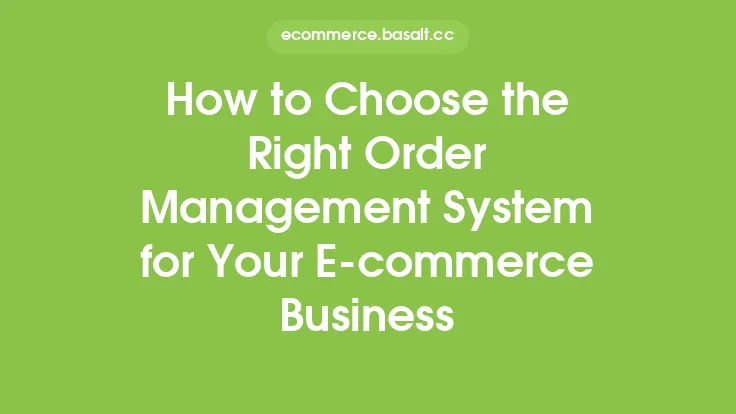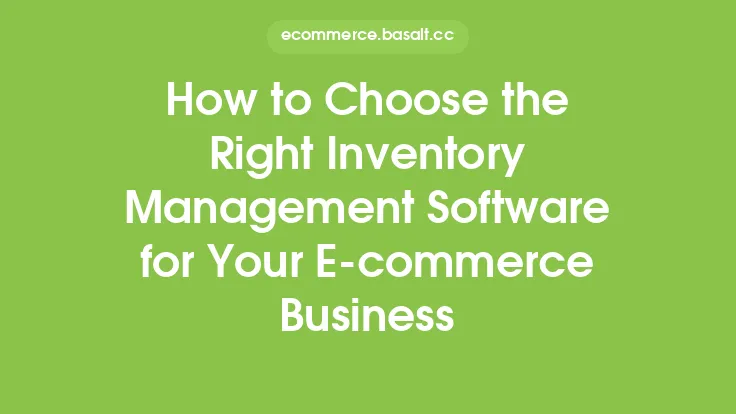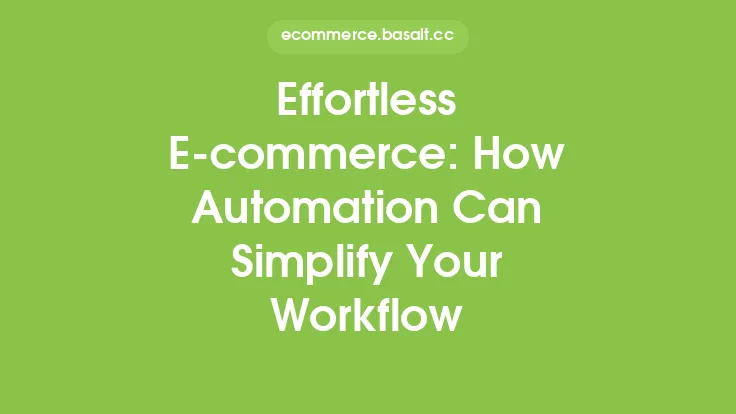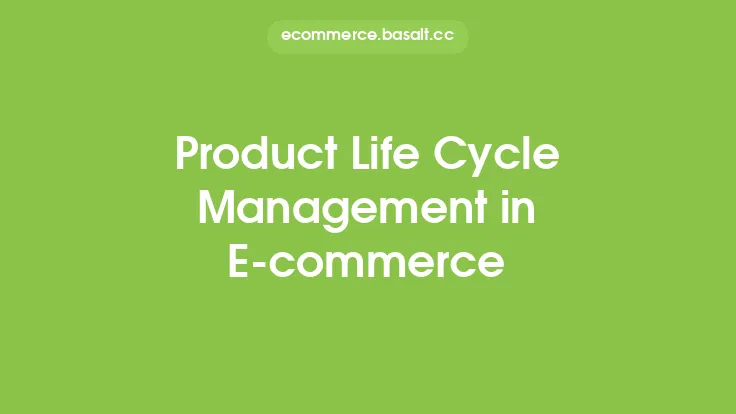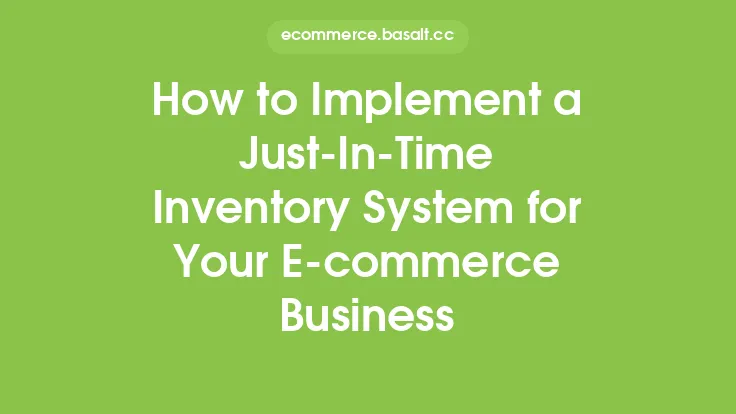Effective product catalog management is crucial for e-commerce businesses, as it directly impacts the customer's shopping experience, conversion rates, and ultimately, revenue. A well-organized and up-to-date product catalog is essential for building trust with customers, reducing bounce rates, and increasing sales. However, managing a large and complex product catalog can be a daunting task, especially for businesses with multiple sales channels, product lines, and distribution networks. This is where Product Information Management (PIM) comes into play, offering a robust solution for e-commerce product catalog management.
Introduction to PIM and Product Catalog Management
PIM is a centralized platform that enables businesses to collect, manage, and disseminate product information across various channels and touchpoints. By implementing a PIM system, e-commerce businesses can streamline their product catalog management processes, ensuring that product data is accurate, consistent, and up-to-date. A PIM system acts as a single source of truth for product information, allowing businesses to manage product descriptions, images, pricing, inventory levels, and other relevant data in a centralized and structured manner.
Benefits of Using PIM for Product Catalog Management
The benefits of using PIM for product catalog management are numerous. Firstly, PIM enables businesses to improve the accuracy and consistency of product data, reducing errors and inconsistencies that can lead to customer frustration and lost sales. Secondly, PIM streamlines the product catalog management process, automating tasks such as data validation, formatting, and syndication. This saves time and resources, allowing businesses to focus on more strategic activities such as product development, marketing, and customer engagement. Thirdly, PIM provides a scalable and flexible solution for managing large and complex product catalogs, making it an ideal solution for businesses with multiple product lines, sales channels, and distribution networks.
Key Features of PIM for Product Catalog Management
A robust PIM system for product catalog management should have several key features. Firstly, it should have a centralized repository for storing and managing product data, including product descriptions, images, pricing, and inventory levels. Secondly, it should have data validation and formatting capabilities, ensuring that product data is accurate, consistent, and compliant with industry standards. Thirdly, it should have automated workflows and business rules, enabling businesses to streamline and automate product catalog management processes. Fourthly, it should have integration capabilities with other e-commerce systems, such as e-commerce platforms, ERP systems, and CRM systems, ensuring seamless data exchange and synchronization.
Best Practices for Implementing PIM for Product Catalog Management
Implementing a PIM system for product catalog management requires careful planning, execution, and ongoing maintenance. Firstly, businesses should define their product catalog management requirements and goals, identifying the key features and functionalities needed to support their e-commerce operations. Secondly, they should select a PIM system that meets their requirements and is scalable, flexible, and user-friendly. Thirdly, they should develop a data governance strategy, ensuring that product data is accurate, consistent, and up-to-date. Fourthly, they should provide training and support to users, ensuring that they can effectively use the PIM system to manage product catalogs.
Measuring the Success of PIM for Product Catalog Management
Measuring the success of PIM for product catalog management requires tracking key performance indicators (KPIs) such as data accuracy, consistency, and completeness. Businesses should also monitor the time and resources required to manage product catalogs, as well as the impact on customer satisfaction, conversion rates, and revenue. Additionally, they should track the scalability and flexibility of the PIM system, ensuring that it can support growing product lines, sales channels, and distribution networks. By tracking these KPIs, businesses can evaluate the effectiveness of their PIM system and make data-driven decisions to optimize their product catalog management processes.
Future of PIM for Product Catalog Management
The future of PIM for product catalog management is exciting and rapidly evolving. With the increasing adoption of artificial intelligence (AI), machine learning (ML), and Internet of Things (IoT) technologies, PIM systems are becoming more sophisticated and automated. Businesses can expect to see more advanced features such as automated data validation, predictive analytics, and personalized product recommendations. Additionally, PIM systems will become more integrated with other e-commerce technologies, such as augmented reality (AR) and virtual reality (VR), enabling businesses to create immersive and interactive product experiences. As the e-commerce landscape continues to evolve, PIM will play an increasingly important role in enabling businesses to manage complex product catalogs and deliver exceptional customer experiences.
